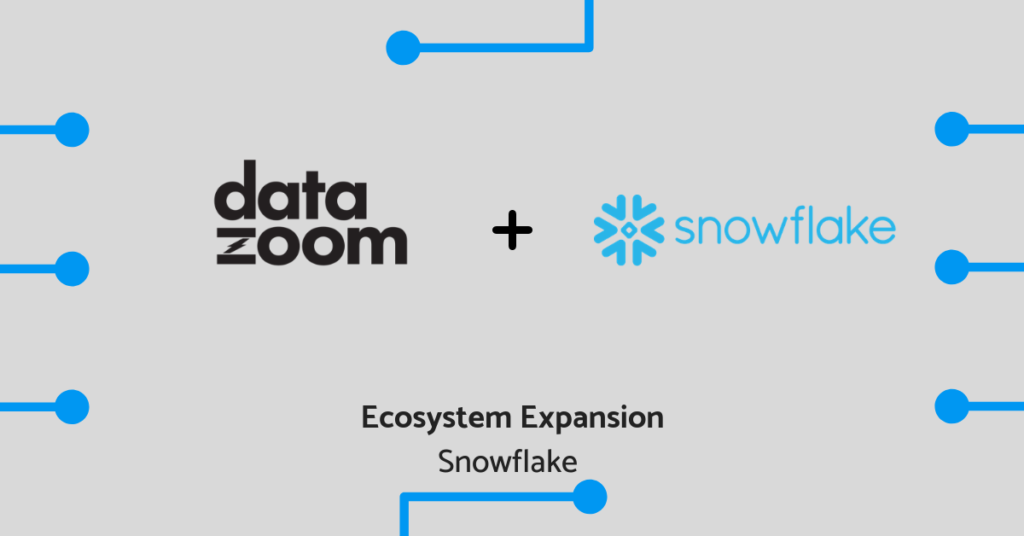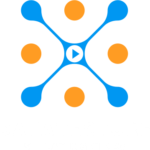CDNs and Publishers
Unless your business has access to significant resources and has a large footprint like that of Facebook, Amazon, Netflix or Google, delivering video around the world to global audiences is a particular type of challenge. In order for video content publishers (VCPs) like NBC or Hulu to reach audiences at all times, they use one or many public Content Delivery Networks (CDNs) which take on the task of transporting content on their behalf.
The relationship between VCP and CDN is often quite strategic. While prices in the CDN market have decreased significantly, these costs remain among the largest cost centers for VCPs. Considering the significant responsibility placed on CDNs, one would assume that VCPs would have mechanisms in place to monitor CDN performance. But this is not the case.
VCPs know that maintaining a high quality of experience (QoE) is mandatory if they want to keep audiences engaged. Unfortunately, CDN vendors are often the first parties blamed by VCPs when QoE issues arise, even when the issue originated at another link in the delivery chain.
Recently, I was part of a discussion with the CTO of a growing OTT video company. He expressed to me a concern weighing heavily on his mind – a lack of useful data. He said:
We have plenty of analytics that tells us if there’s an issue with our streaming experience. We know that some of our devices and viewers experience (QoE) issues, such as buffering (among other) problems…because analytics provide the metrics that can tell us that. But we don’t know why devices are buffering. We don’t know why it’s happening, and if the problem is caused by [the CDN] or another part of the video delivery ecosystem.
This problem persists because the video delivery ecosystem has become much more complex.
The Quest for Better Data
In response, CDNs developed combined offerings for core components that video publishers needed: CDNs, video players, and analytics. These all-in-one solutions could leverage the same data flowing between systems to adjust and thus create a homogenous video technology stack. However, adoption of these end-to-end offerings has not been wide-spread. VCPs have instead opted for building their own heterogeneous mix of what has grown to become 10-20 “best-of-breed” core technologies (CDNs among them), to customize and to better differentiate their services for end-users.
However, the rise of superior independent technologies obscured a bigger picture: that they had to work synchronously, and aligning these different and diverging systems requires the standardized data all in one offerings report to provide.
With regard to data, no standards were proposed, and almost none have been adopted en masse, to encourage the interoperability and communication between systems. Incongruencies in data mean that VCPs are blind to the pain-points in their own video delivery chain. Attempts to identify the root causes of failure within the mix of diverging systems are impossible.
For CDNs, a lack of consistent data translates into a lack of visibility into how a video transmits to audiences. Therefore, VCPs are without the resources required to perform the difficult task of achieving parity with the QoE viewers have come to expect from traditional television. For instance, identifying specific “smoking gun” nodes or peering issues with a CDN can take hours, even days and requires the laborious task of manually organizing and interpreting CDN logs.
Matters for CDNs are complicated further as they themselves rely on other entities, like Transit providers and ISPs, to complete the delivery chain. VCPs have no insight into what happens to their content during these exchanges. In response to CDN instability, VCPs adopted CDN-switching technologies. Yet, while such technologies assist VCPs in avoiding certain types of delivery failures, subjective metrics and not objective data is the basis for switches. Thus the crux of the issue is unaddressed – the lack of homogenous, centrally-collected and contextualized, data.
Win-Win: Aligning the Video Delivery Stack
Streaming video providers need a tool for centralizing data collection and control. With a common dataset as a point of reference in lieu of metrics, CDNs, and VCPs to begin to construct a transparent, contextualized, and collaborative dialogue.
Enabling two-way data-share and building a real-time feedback loop between VCP & CDN, a video data control platforms offers the centralized control required to accomplish this task and serve as a foundation for truly innovative projects such as incorporating AI/ML into video delivery. Such tools securely capture very granular data from disparate sources and normalize the huge expanse of information obtained into a correlatable dataset from which to draw insight and put to work.
CDNs and VCPs can build a real-time feedback loop for mutual improvement so long as they agree on a central “point of exchange” through which captured data be collected and standardized. It is a win-win scenario for every player in the delivery ecosystem, from CDN to publisher to end-user.





